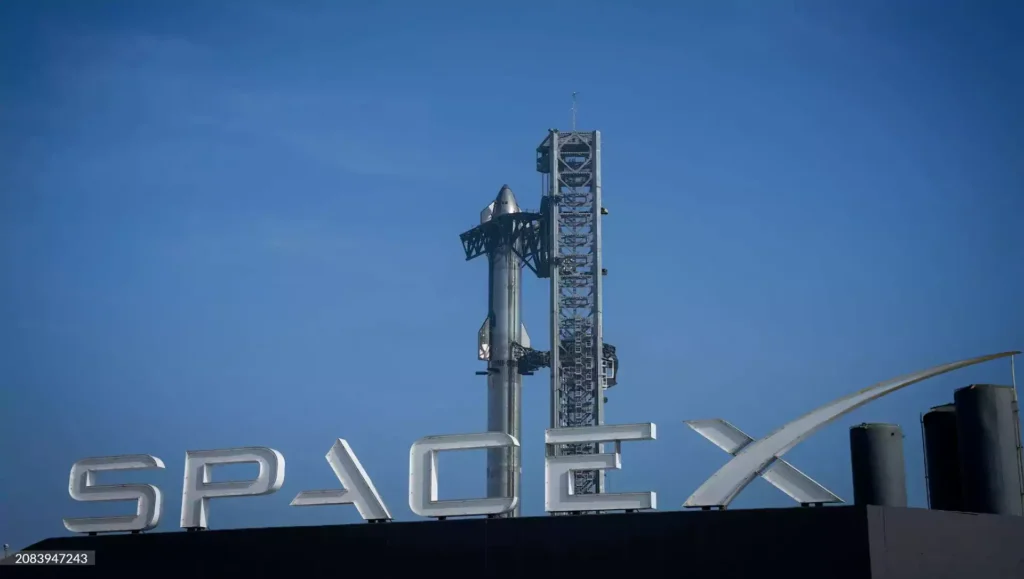SpaceX’ Starship Test Flight: Successful Launch but Loss on Return to Earth
2 min read
Jon Shapley/Houston Chronicle via Getty Images
SpaceX achieved a significant milestone in its partnership with NASA’s Artemis program as it launched the third integrated flight test of its Super Heavy booster and Starship upper stage. The successful launch on March 14 marked a crucial step toward providing NASA with a Starship human landing system (HLS) for future Artemis missions, aiming to return humans to the Moon.
Powered by 33 Raptor engines fueled by super-cooled liquid methane and liquid oxygen, the Super Heavy booster lifted off with the Starship from SpaceX’s Starbase orbital launch pad at 8:25 a.m. CDT. The Starship, propelled by six Raptor engines, separated from the Super Heavy booster approximately three minutes into the flight. This test flight, aimed at increasingly ambitious objectives, aimed to gather crucial data for the continued development of the Starship HLS.
NEWS: SpaceX has released a list of all the things Starship went on to accomplish in its test flight today:
— Sawyer Merritt (@SawyerMerritt) March 14, 2024
• For the second time, all 33 Raptor engines on the Super Heavy Booster started up successfully and completed a full-duration burn during ascent.
• Starship executed… pic.twitter.com/S1DesoftQC
One of the significant achievements of the test flight was the successful completion of the full-duration ascent burn, demonstrating Starship’s capability to reach its expected orbit. Additionally, the spacecraft accomplished the transfer of thousands of pounds of cryogenic propellant between internal tanks during the coast phase, as part of NASA’s Space Technology Missions Directorate 2020 Tipping Point awards.
However, despite the successful orbit insertion, SpaceX encountered a setback during the return to Earth. The Starship spacecraft was lost while re-entering Earth’s atmosphere, falling short of the planned splashdown in the Indian Ocean. The Federal Aviation Administration (FAA) announced an investigation into the mishap involving the Starship vehicle and the Super Heavy first-stage booster.
SpaceX acknowledged the incident but hailed the test flight as a “phenomenal day.” While Super Heavy did not accomplish a final burn, causing a hard splashdown in the Gulf of Mexico, SpaceX aims to analyze post-flight data to assess the completion of other objectives, including propellant transfer and payload door operations.
Despite the setback, the test flight demonstrated critical technologies and techniques essential for future missions to deploy satellites and support NASA’s Artemis program. Starship’s selection by NASA for the Artemis III mission highlights its potential to carry astronauts to the lunar surface, underscoring its role in advancing space exploration and paving the way for future human expeditions to the Moon and Mars.
- Also read: Guardian of Wendy Williams Alleges Exploitation by A+E Networks in Documentary Controversy



